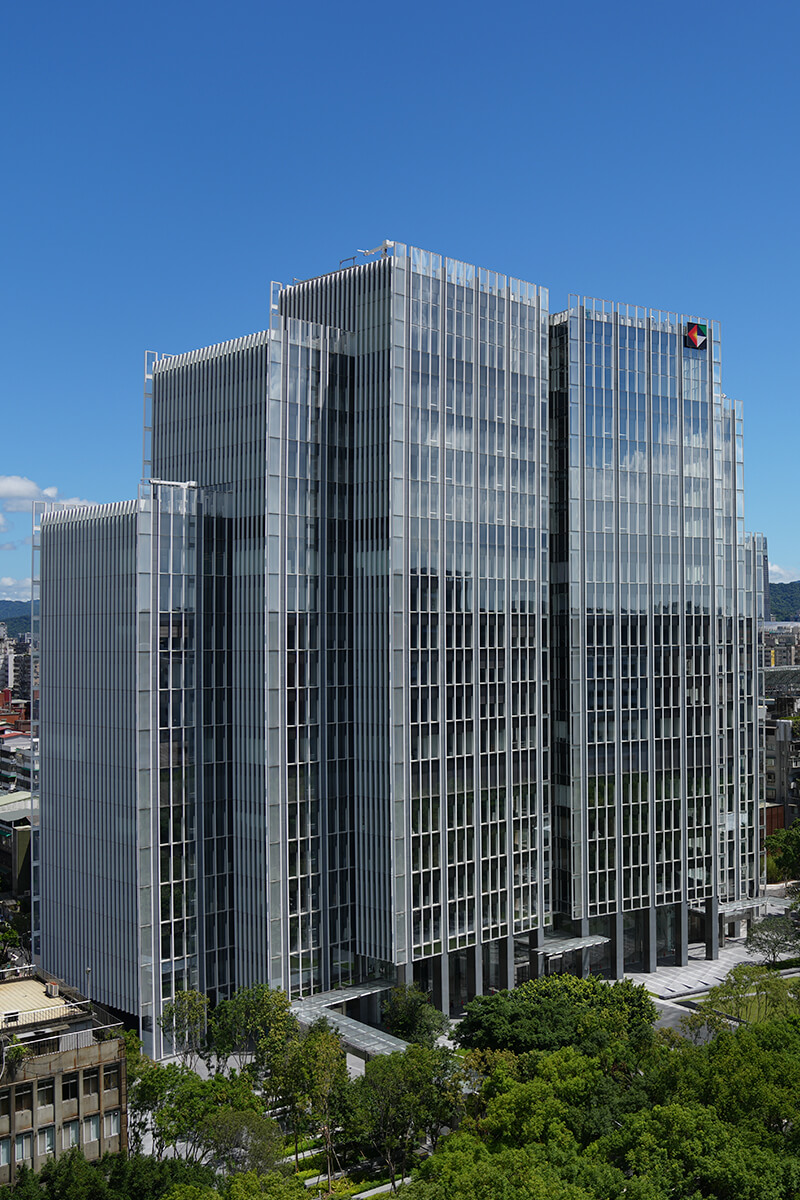
A Leading Financial Company in Asia
NDC 6 Core Strategic Industries Investment
123.1
Billion NTD
Green Energy Credit Balance
16.1
Billion NTD
ESG Theme Fund
13.9
Billlion NTD
Employee Volunteering
77.6K+
Hours
Embracing Innovation and Talent to Deliver Sustainable Financial Solutions
We are poised to be a leading financial company in Asia by piloting innovative solutions and channeling our entrepreneurial spirit.
Our Focus
We look forward to working with innovative minds, drawing up a new blueprint for the finance industry. If you embrace challenges and aspire to grow, we welcome you to join us!
Mission
Embracing innovation and talent, we craft sustainable finance solutions that serve our clients, inspire our employees, enhance shareholder value, and elevate our communities.
Vision
Becoming a leading financial company in Asia by piloting innovative solutions and channeling our entrepreneurial spirit.
Values
We continuingly strive to deliver four core values through our services – customer-centricity, trustworthiness, entrepreneurship, and collaboration.
CDF. At Your Service at Any Time



KGI Bank
Expert Firm in Financial Services, Investment Strategy and Business Consulting
OUR SERVICES


Company History
China Development Financial (CDF) was established in 2001. Major subsidiaries include China Life, KGI Bank, KGI Securities, CDIB Capital Group, and KGI Site.
2024
On January 1, 2024, China Life was officially renamed KGI Life.
With "Committed to Your Prosperity" as its value preposition, KGI Life is dedicated to achieving sustainable business goals and aims to be the most recommended and trustworthy life insurance company.
2024
On January 1, 2024, China Life was officially renamed KGI Life.
With "Committed to Your Prosperity" as its value preposition, KGI Life is dedicated to achieving sustainable business goals and aims to be the most recommended and trustworthy life insurance company.
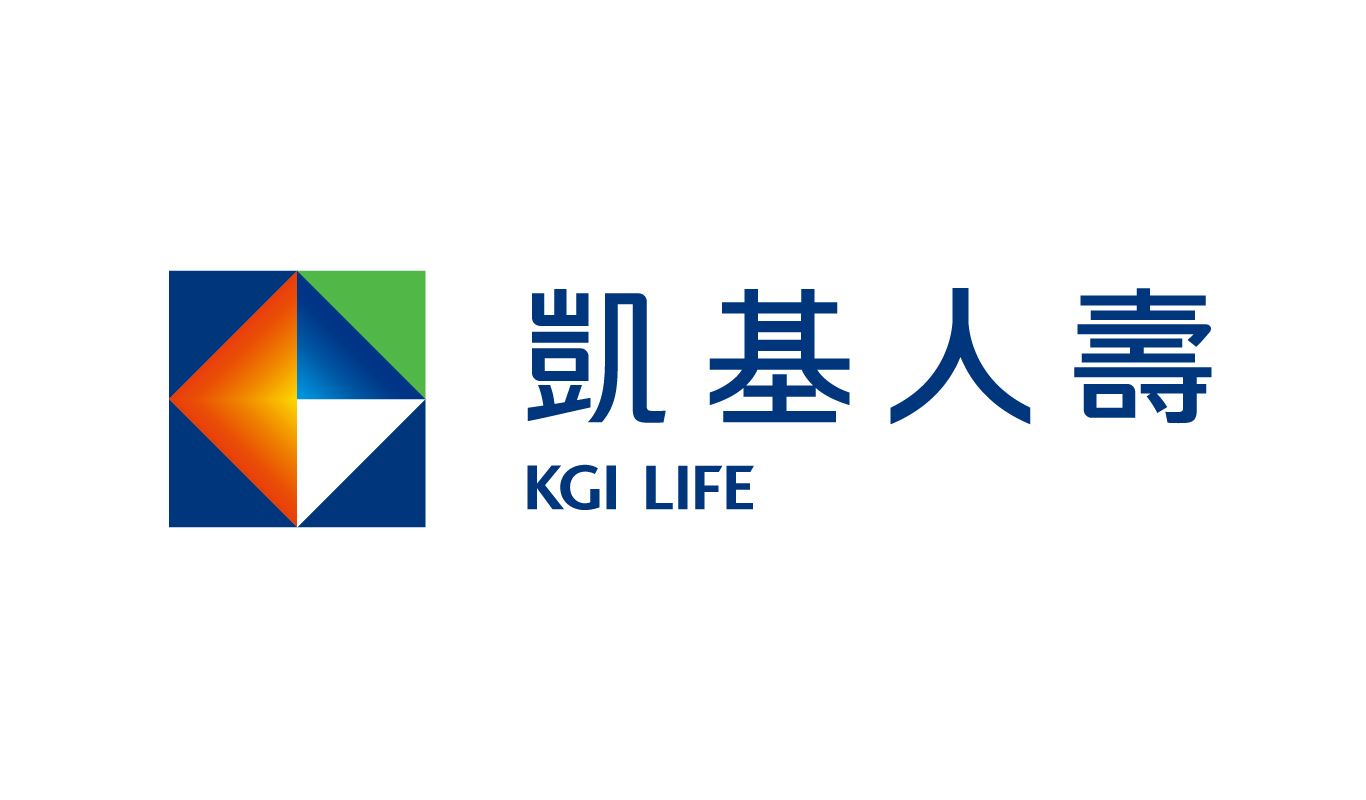
2023
In July 2023, KGI SITE became a wholly-owned CDF subsidiary.
We will continue piloting innovative solutions by leveraging our full suite of financial services in life insurance, banking, securities, investment trust, and private equity/asset management, with the aim of becoming a leading financial company in Asia.
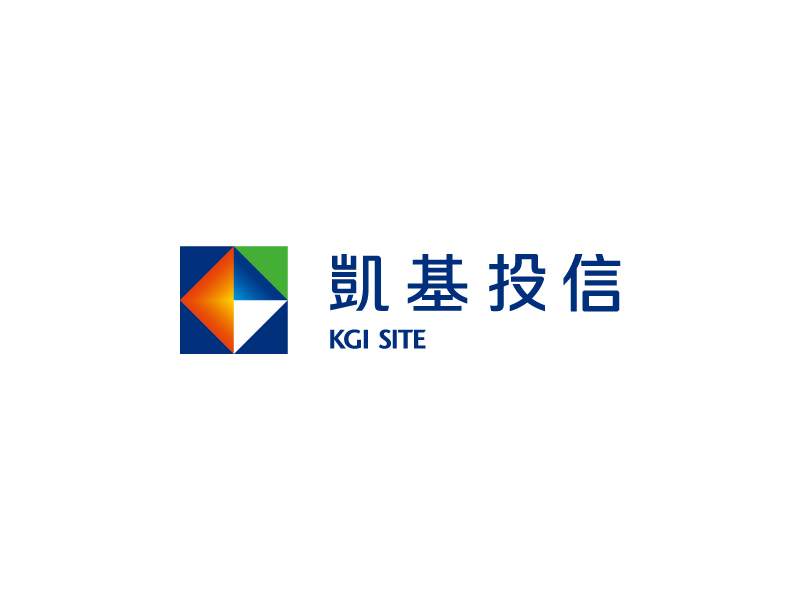
2021
In October 2021, CDF completed the move to its new headquarters.
CDF announced the opening of its new headquarters at No. 135, Dunhua North Road, Taipei City. This coincides with the 20th anniversary of the holding company.
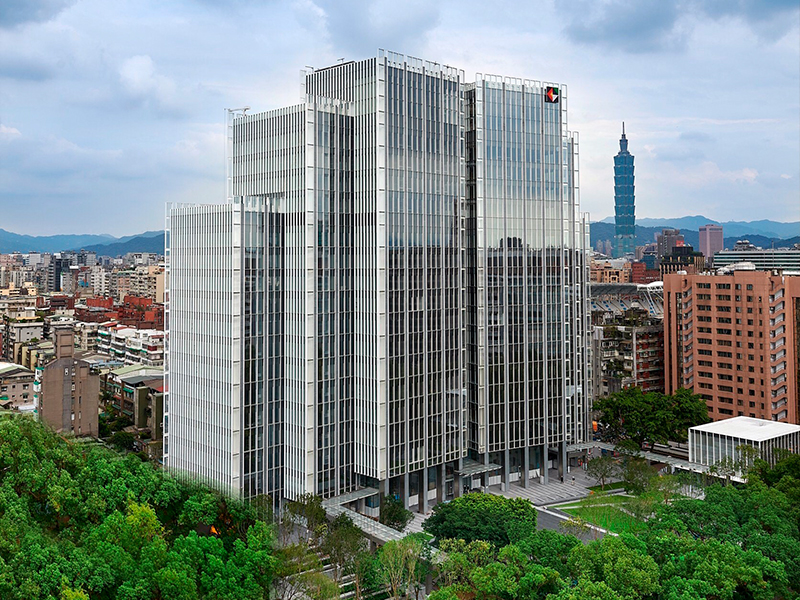
2021
In October 2021, CDF acquired all the remaining shares of China Life.
The CDF shareholders approved the acquisition of China Life, making it a 100% owned subsidiary, through a share swap arrangement.
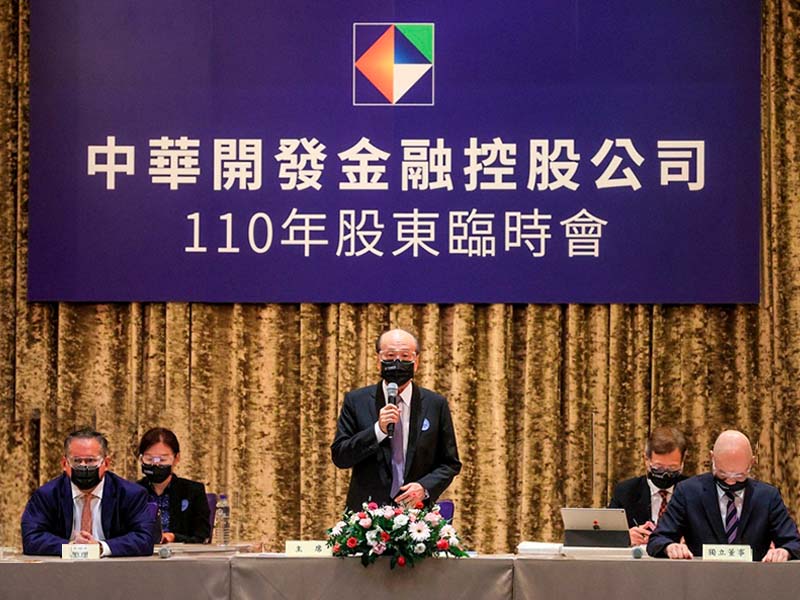
2021
In April 2021, CDF committed to achieving net zero carbon emissions by 2045.
Committed to reaching this goal by 2045, we are on track to become the first financial holding company in Taiwan to achieve this milestone.
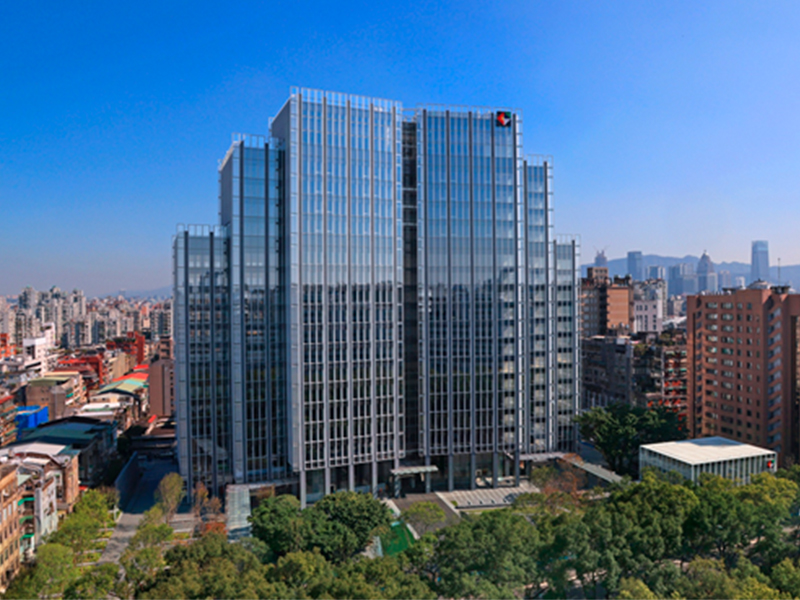
2017
In September 2017, CDF became China Life's single largest shareholder.
CDF acquired a 25% stake in China Life and became its single largest shareholder, significantly extending its service portfolio in the insurance sector.
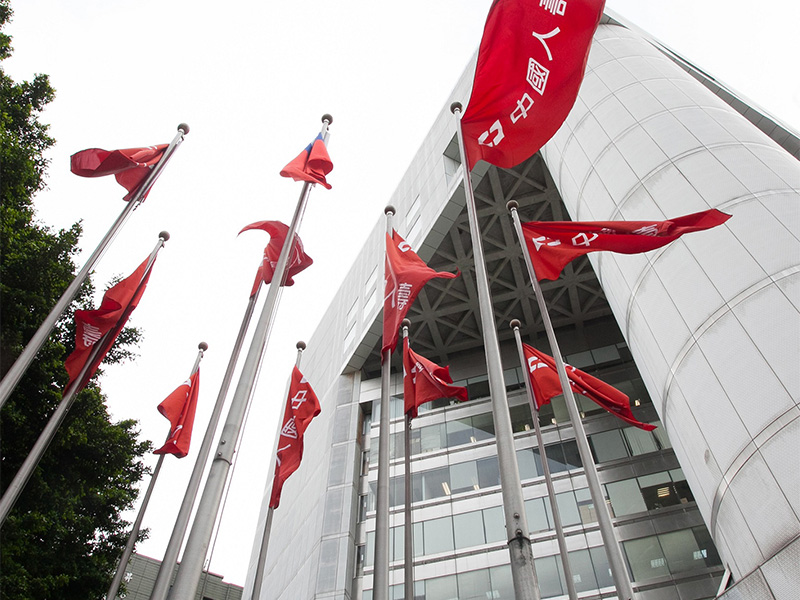
2017
China Development Industrial Bank (CDIB) transformed into CDIB Capital Group in March 2017.
CDIB transformed into CDIB Capital Group, with a commitment to private equity investment funds and an active expansion of its asset management business.
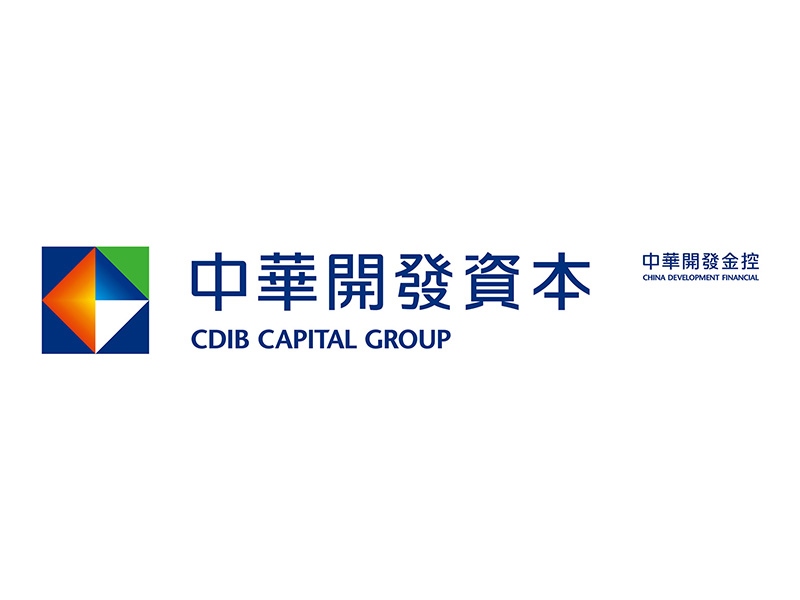
2015
In January 2015, Cosmos Bank was rebranded as KGI Bank.
Cosmos Bank underwent a rebranding and was renamed KGI Bank. In May of the same year, CDIB's Corporate Banking and Financial Markets were ceded to KGI Bank.
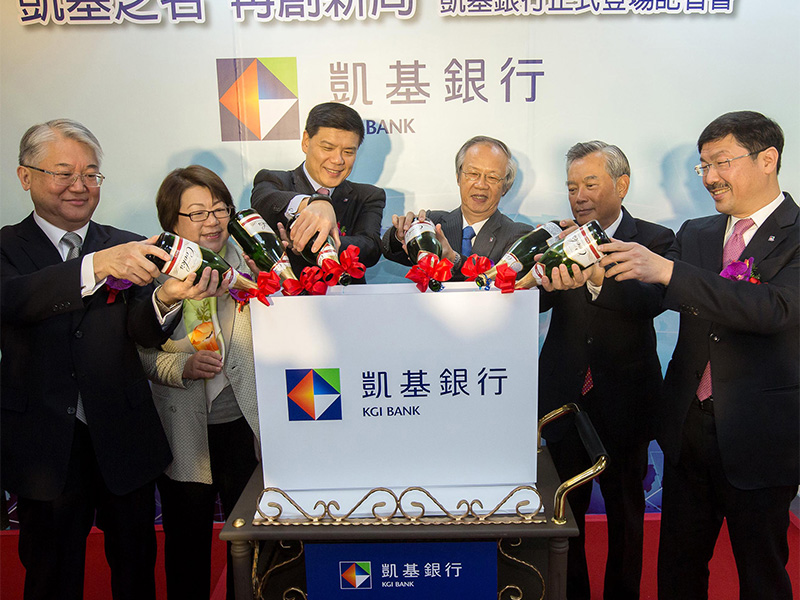
2014
In September 2014, Cosmos Bank became a subsidiary of the group.
Cosmos Bank agreed to a share swap arrangement and officially became CDF's subsidiary in September of the same year.
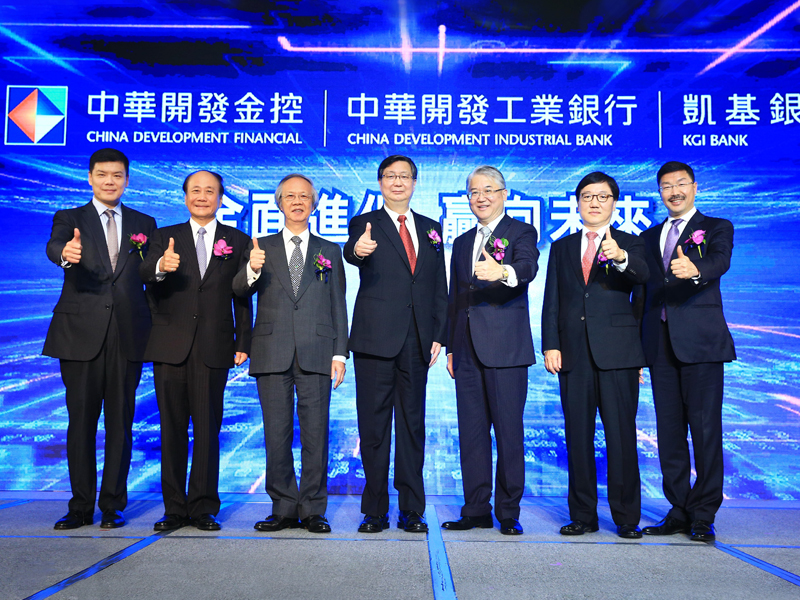
2013
In June 2013, KGI Securities merged with Grand Cathay Securities, another subsidiary within CDF.
After integrating two major securities companies within the business group, CDF has developed into a leading financial company in Taiwan encompassing domestic investment banks, bonds, and new financial products.
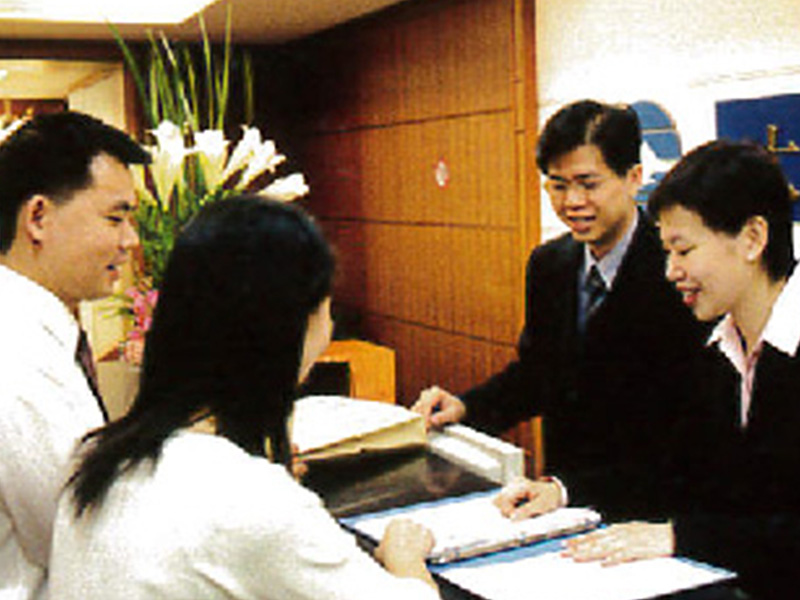
2001
CDF was formally incorporated in December 2001.
In June 2001, China Development Financial Holding Corporation (CDF) was established by share conversion. Following regulatory approval, CDF was formally incorporated and launched its IPO on the Taiwan Stock Exchange on 28 December.
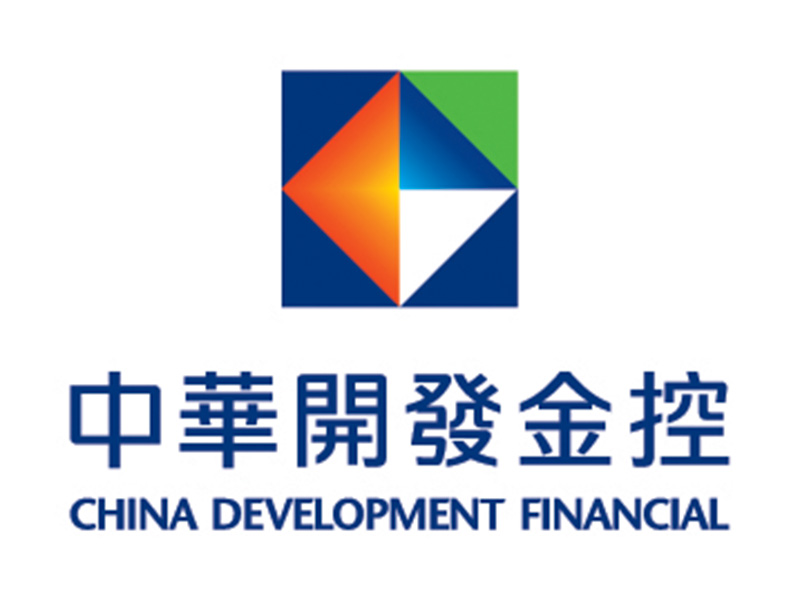
1999
China Development Corporation (CDC) was restructured as China Development Industrial Bank (CDIB.)
CDC, renowned for direct investment service, was restructured as CDIB and continues to support local industries.
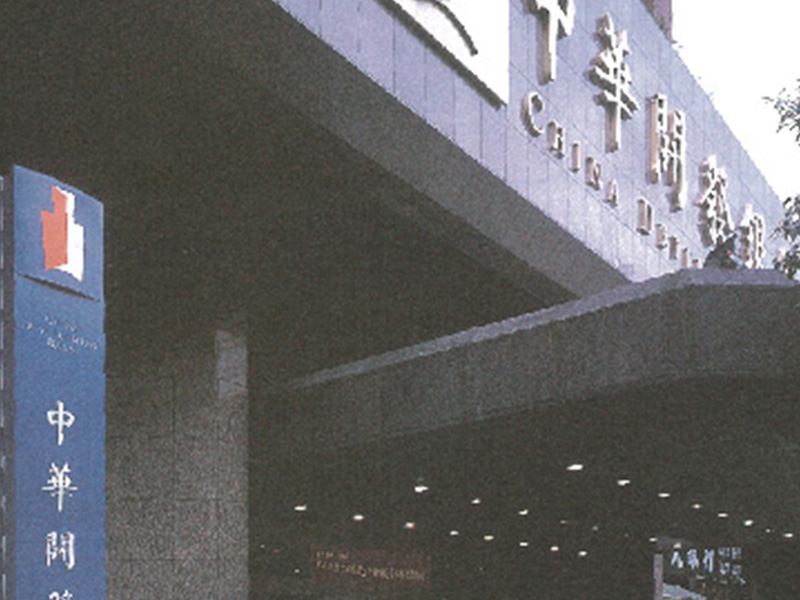
1959
China Development Corporation was established.
China Development Corporation was established through the collective efforts of the Economic Stabilization Committee of the Executive Yuan, the World Bank, and private capital as Taiwan’s first privately run financial institution focusing on direct investments.
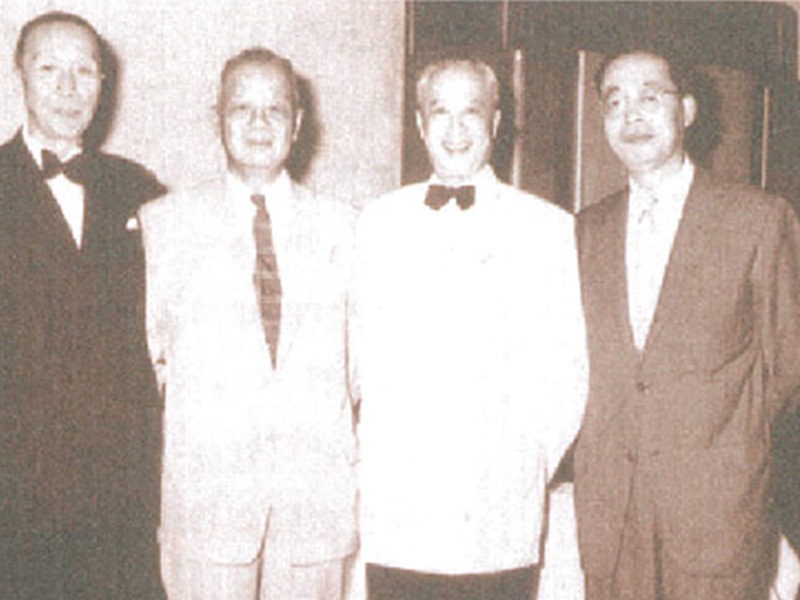
”
CDF Organization Structure
Stable corporate governance is the best way to achieve sustainable development and earn stakeholder trust.
View Our Organization Structure

Meet Our Teams
Our leadership team consists of seasoned professionals sharing an entrepreneurial spirit and collaborative mindset.
Learn More


